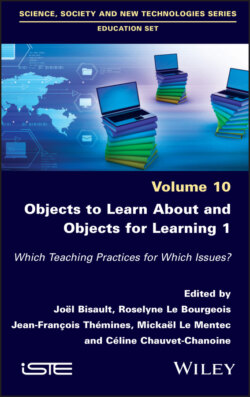Читать книгу Objects to Learn about and Objects for Learning 1 - Группа авторов - Страница 27
I.2.4. Artifacts, purposes and references
ОглавлениеThe first diagram (Figure I.1) helps to clarify the functions of the artifacts introduced into school activities. It questions, on the one hand, the orientation of tasks and artifacts in relation to the intentions and targets of education or teaching and, on the other hand, their meaning in relation to references. Through the relationship between purposes and references, it ultimately interrogates the overall consistency of teaching–learning situations and school activities.
Figure I.1. Diagram for analyzing the consistency between artifacts, purposes and references
An example of the need to check consistency relates to the activities involved in carrying out manual or technological work when the object that one is learning how to make (a wooden box for example) becomes an object to learn geometry. The same applies when studying the pedal mechanism of a bicycle and identifying the number of turns of the wheel according to the gear ratio becomes an exercise in proportionality. The bicycle, usually upside down on a table, thus loses its function of use. At the same time, the understanding of this technical solution escapes the pupils. Another example involves the geographical map which, according to Thémines (2004), can cover four didactic-pedagogical ideal types8 that bring contrasting conceptions of the space designed and represented.
